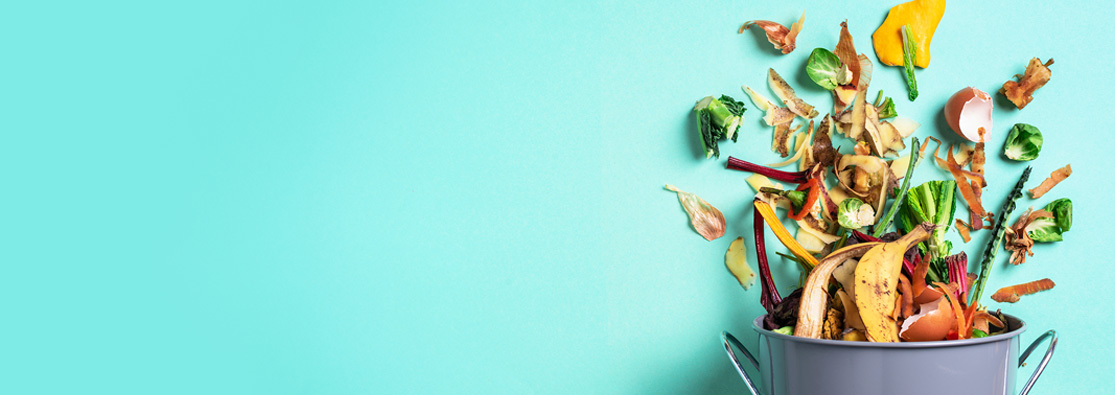An Easy Guide to Composting

Homemade compost is a magical resource for your garden and will have your plants thriving, whilst also helping to keep your waste costs down. According to StopFoodWaste.ie, “composting is the natural process of decomposition that turns organic materials like garden waste and vegetable food scraps into a dark, crumbly and earthy smelling material”.
Use the compost to improve your flower garden, lawn or feed your growing veggies. Once you get your compost pile started, you will find that it’s an easy way to reuse kitchen scraps and other organic materials, whilst helping your garden thrive.
How to make compost?
To make the perfect compost you should have a 50:50 blend of materials that are rich in nitrogen and carbon. Nitrogen can be retrieved from grass clippings or other lush, green material, and carbon comes from woody material, such as cardboard or woody stems. For every bucket of green material, you should have the same amount of brown.
Ensure your compost does not have too much nitrogen, or grass cuttings, as this will result in a very smelly compost bin. On the other hand, if your compost has too much carbon, the composting process will be very slow.
Step 1: Combine the green and brown materials.
Place your compost bin directly on the soil – worms and other micro-organisms will speed up the composting process. Chicken wire at the base will keep rodents out. Add an equal mix of green and brown materials.
Step 2: Water your pile.
You want your compost pile to have the consistency of a wet sponge, so you will need to sprinkle water over it regularly. Be careful not to add too much water or the microorganisms in your pile will become waterlogged and drown. If this happens, your pile will rot instead of compost. Your compost pile should feel warm if you reach your hand into the middle of the pile.
Step 3: Stir up your pile.
You should provide your compost pile with oxygen by turning it with a garden fork once a week. Turning the pile will help it compost faster and prevents material from developing an odour.
Step 4: Feed your garden.
When the compost no longer gives off heat and becomes dry, brown, and crumbly, it’s ready to feed to your garden. – this will take about 2-6 months. Add about 4 to 6 inches of compost to your flower beds and into your pots at the beginning of each planting season.
What to compost?
Nitrogen-rich waste (green):
- Grass clippings
- Annual weeds
- Fruit and veg peelings.
- Nettle leaves
- Teabags
Carbon-rich waste (brown):
- Prunings
- Hedge trimmings
- Paper or newspaper (loosely scrunched up is best)
- Cardboard
- Straw
- Sawdust
- Paper towels
- Paper bags
You can also add eggshells, natural fibres (wool or cotton), and wood ash (not too much).
Is there anything you can’t compost?
There are some items such as food waste that you should not be home composted as it creates problems with odours, rodents, etc. Here is a list of items that should not be composted:
- Diseased plants
- Perennial weeds
- Cooked food
- Citrus (slow to rot and very acidic, which reduces worm activity)
- Raw meat
- Dairy products
- Gloss or colour-printed paper
- Ash from coal fires
- Cat or dog faeces
- Autumn leaves – these are best used to make leaf mould.
Compost is incredibly easy to make, environmentally friendly and a wonderful treat for your garden plants. With just some kitchen scraps and patience, your garden will be thriving. Read about all the benefits of composting at home here.
And here’s a great blog post by CulinaryAmbition.com that profiles some excellent kitchen composters for your food waste.




